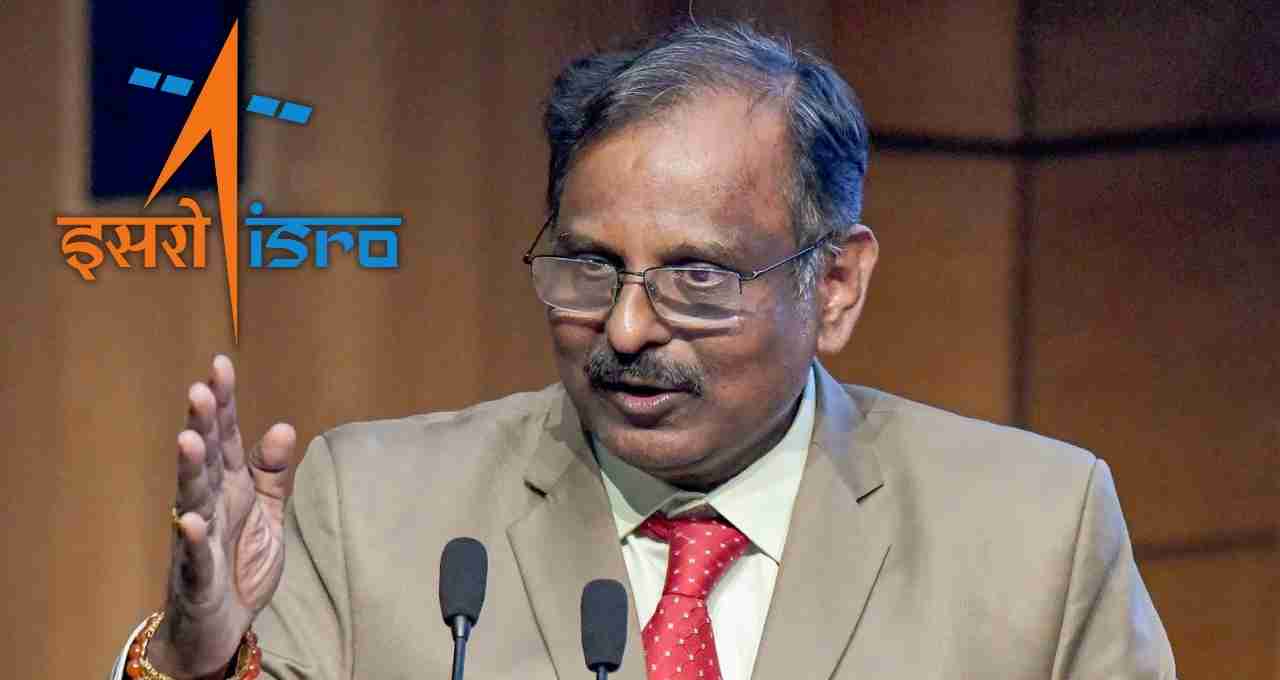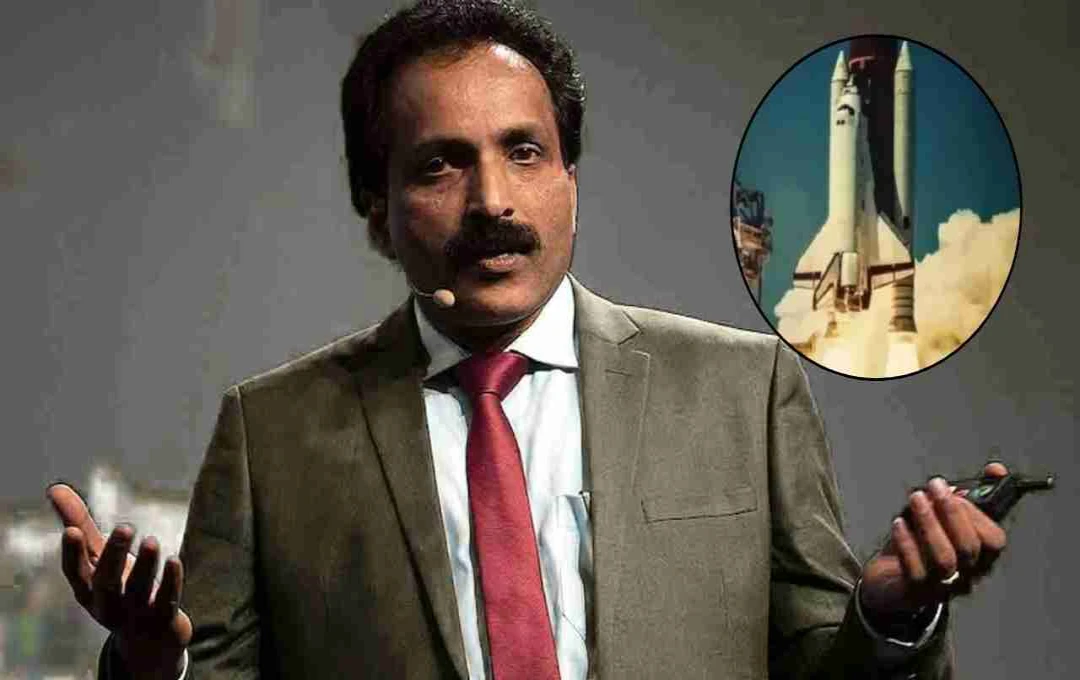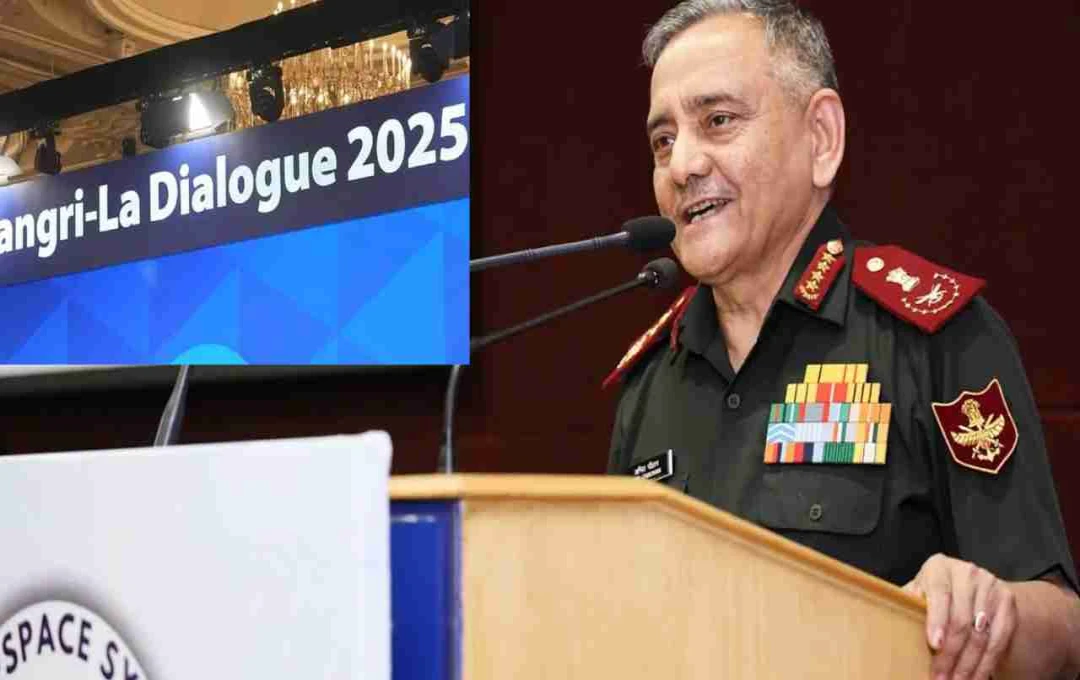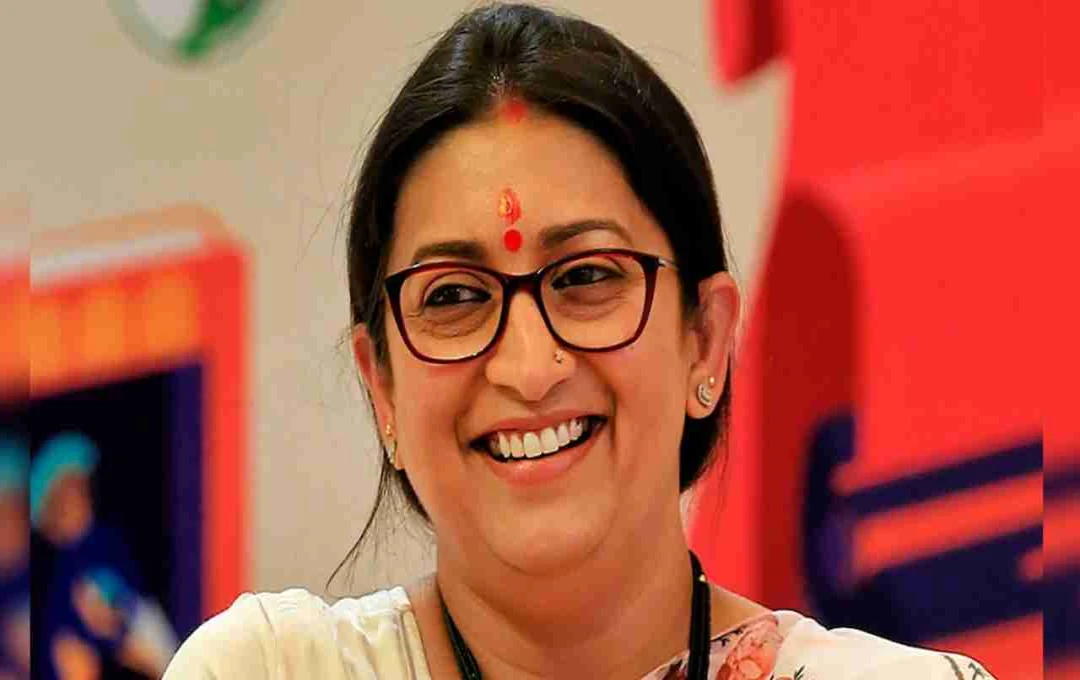ISRO to launch its first human spaceflight in 2027. Prior to this, there will be unmanned missions with the Vyommitra robot in 2025, as well as the SPADEX docking mission. The Gaganyaan mission will be a significant achievement for India.
Human Flight 2027: India is on the verge of making history in space science. The Indian Space Research Organisation (ISRO) has announced that it will launch its first human spaceflight by the first quarter of 2027. Under this ambitious mission, Indian astronauts will travel to Earth's orbit, placing India among a select group of nations with this capability. Let's explore ISRO's complete plan, the Gaganyaan mission, and its future space endeavors.
Gaganyaan Year: 2025 will be historic for India
ISRO Chairman V. Narayanan, during a program in Kolkata, stated that 2025 has been declared the 'Gaganyaan Year'. ISRO plans to launch three unmanned missions this year to complete all necessary tests and technical preparations before the 2027 human flight.

The first unmanned mission will be launched by December 2025. This mission will send a humanoid robot named 'Vyommitra' into space.
What is the objective of the human spaceflight mission?
The human spaceflight, or Gaganyaan mission, aims to send Indian astronauts into Low Earth Orbit (LEO) and ensure their safe return. Under this mission, three Indian astronauts will travel to an altitude of 400 kilometers and stay in space for 5 to 7 days. ISRO is using indigenous technology throughout this process.
Aditya L1: India's maiden voyage towards the Sun
ISRO released scientific data collected by the Aditya L1 mission on January 6th. This mission, India's first solar observatory mission to study the Sun, has become a symbol of ISRO's technological prowess. India has joined the four other nations with dedicated satellites for solar studies.
SPADEX Mission: India's significant step in docking technology
ISRO's SPADEX (Space Docking Experiment) mission also recently garnered headlines. Under this mission, two small spaceships were sent into space via the PSLV (Polar Satellite Launch Vehicle). The objective was to test the space docking procedure. The mission used only 10 kilograms of fuel, highlighting ISRO's efficiency and planning capabilities. Docking technology is crucial for human space missions, as astronauts need to use this technique to connect with other modules.
A launch every month

V. Narayanan mentioned that ISRO has planned approximately one launch every month this year. This includes several satellites related to scientific, commercial, and defense purposes. Notably, the joint NISAR (NASA-ISRO Synthetic Aperture Radar) mission will also be launched this year. This satellite will monitor the Earth's surface and help track environmental changes. It will be launched using a domestically built launch vehicle.
Why is the Gaganyaan mission important?
The Gaganyaan mission is not only technologically significant for India but also a major step towards the Aatmanirbhar Bharat (Self-Reliant India) initiative. Through this, India will demonstrate its capability to independently send humans into space and bring them back safely. This mission will enhance the nation's global reputation and pave the way for future space tourism and space-based technologies.
What is 'Vyommitra'?
'Vyommitra' is a humanoid robot specifically designed by ISRO for space missions. This robot will be sent on the unmanned Gaganyaan mission to gather information about the space environment, gravity, and other technical conditions. ISRO aims to use this data to ensure the safety and success of the human mission.
The direction of India's space journey
ISRO is no longer just a launching agency; it has become an organization working simultaneously in science, defense, and commercial sectors. In the coming years, plans such as Chandrayaan-4, Shukrayaan, and its own space station are also in the pipeline. India is not only establishing its presence in space but also preparing to take a leadership role there.














